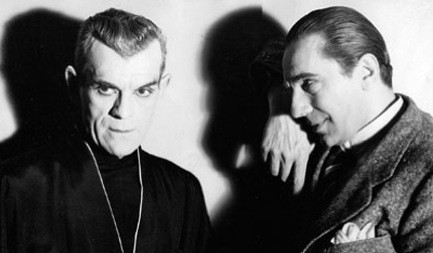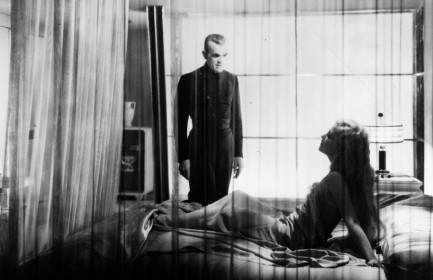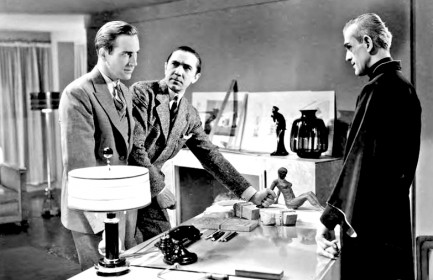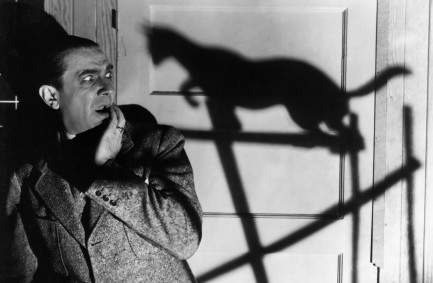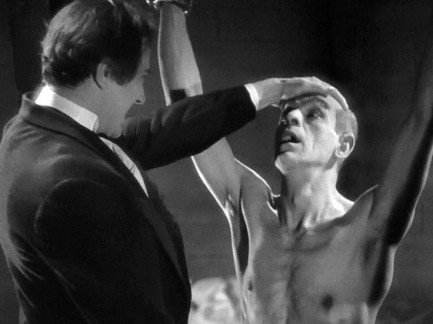
It may be a classic but it’ll probably leave you wanting something more.
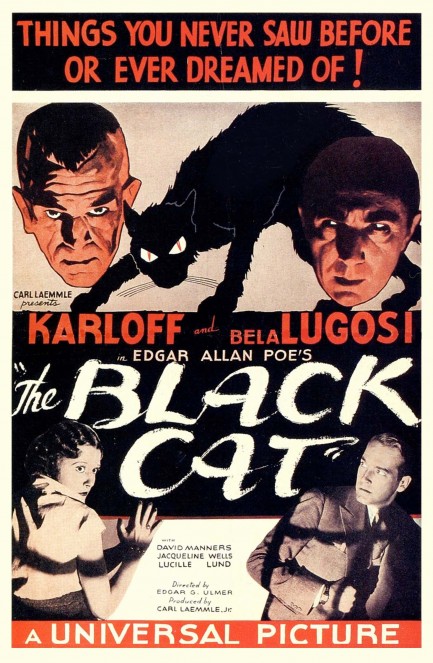
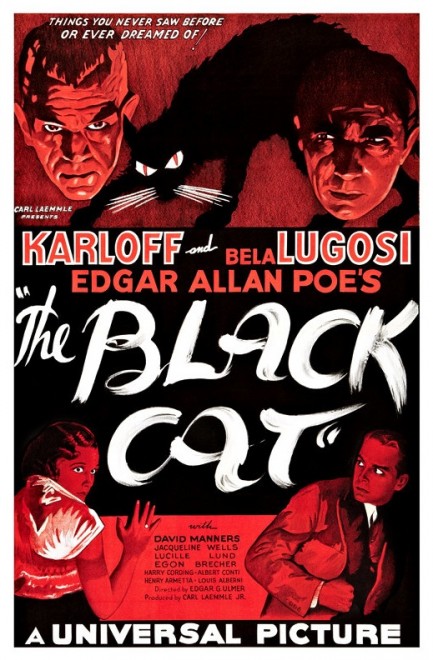
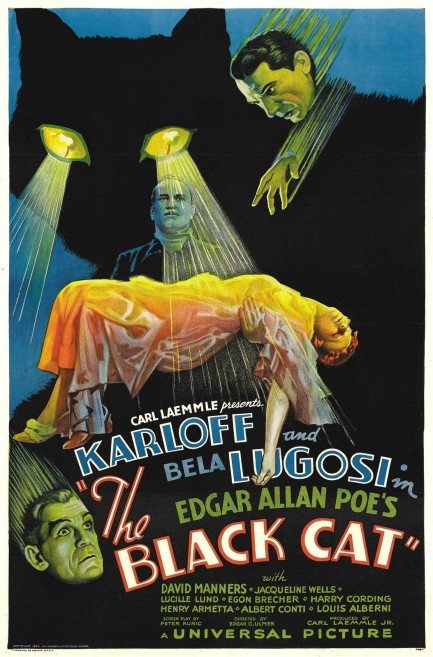
The Black Cat has been called one of the greatest horror films ever made. Taken in context it’s creepy, no doubt, and it stars spookmeister Bela Lugosi alongside Boris Karloff, he of the sinister widow’s peak and cinderblock head, so they alone make it somewhat unsettling. But it was produced in 1934, and much has changed since then in terms of what is truly terrifying. Plotwise, what you have here are two honeymooners in Hungary who encounter a mysterious traveler and who all end up stuck in the dreaded hilltop manse—not the gothic pile you would expect, but rather a linear, art deco box. The house is occupied by Karloff, a sort of war criminal, and it turns out Lugosi has traveled there with revenge in mind, for it seems Karloff had something to do with the deaths of Lugosi’s wife and daughter. The honeymooners are basically hapless bystanders to this situation, and their approach to the predicament doesn’t remotely resemble the approach you or I would take, but people had better manners back then. Eventually, though, manners are jettisoned and that’s when the movie gets interesting.
Watching two honeybaked hams like Karloff and Lugosi square off is rather entertaining, we gotta say, even if the plot doesn’t entirely hold together. But all that matters is the mood and the shadows and the evil glances and the fact that there can be only one winner—or none, considering the house is wired to self destruct. Of special note, by the way, is the music, which is almost continuous, and consists not of compositions made for the film, but rather a greatest hits assortment of Beethoven, Bach, Liszt, Schumann, and Tchaikovsky. It all gets a bit over the top, in our opinion, but you do get to enjoy probably the first movie usage of Bach’s “Toccata and Fugue in D Minor, BWV 565” (if indeed Bach wrote it, something that is in dispute). You know the tune—it’s the gloomy, edifice shaking organ solo most people associate with the 1962 film Phantom of the Opera. Well, Karloff’s character plays it here. We won’t lie—even the most chilling piece of music ever written can’t make The Black Cat scary, but if you have sixty-five minutes and consider yourself a horror buff it’s still worth the time. It premiered in the U.S. today in 1934.
